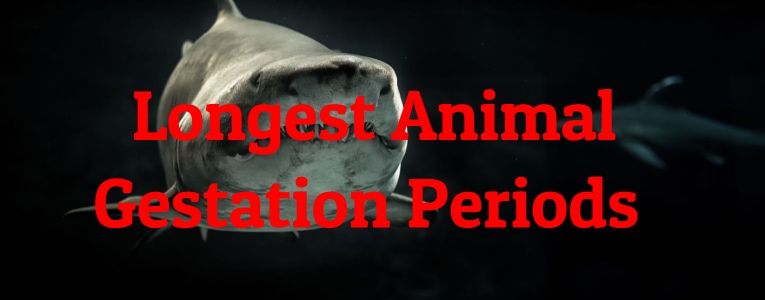Humans gestate for around nine months on average, and that already seems like long enough! However, that’s actually on the shorter side when you consider the animal kingdom as a whole. Plenty of other creatures gestate their young for much longer, taking a surprisingly long time to develop.
So, just how long can the most extensive animal gestation periods get? Today we’ll be looking at 10 of the longest gestation periods in nature and ranking them according to how many months long they are on average. We’ll also learn some of the fascinating details about each animal and learn a little bit about how they survive!
-
Walrus
Habitat: Cold Waters and Shores
Diet: Omnivorous
Number of Young Per Gestation: 1
 Source: wikimedia.org
Source: wikimedia.org
Walruses are actually so large that they have hardly any natural predators besides the occasional polar bear or orca! This may be part of the reason why they can spend so long gestating a single calf without their population dwindling as a result. Male and female walruses spend the vast majority of their lives in separate herds, only convening during the mating season.
Did you know?
Male walruses reach sexual maturity a few years later than females do.
-
Sperm Whale
Habitat: Non-Polar Ocean Waters
Diet: Carnivorous
Number of Young Per Gestation: 1
 Source: wikimedia.org
Source: wikimedia.org
Sperm whales are the largest toothed whales in the world, and they feed on a variety of squid, sharks, fish, and various cephalopods. Very little is known about the details of sperm whales’ mating habits, but we do know that each calf is generally born at around 13 feet in length! Sperm whales migrate throughout most of the world’s oceans and make up the only living member of the genus Physeter.
Did you know?
Female sperm whales reproduce around every three to six years.
-
Black Rhinoceros
Habitat: Savannas, Scrubs, and Elevated Moorlands
Diet: Herbivorous
Number of Young Per Gestation: 1-2
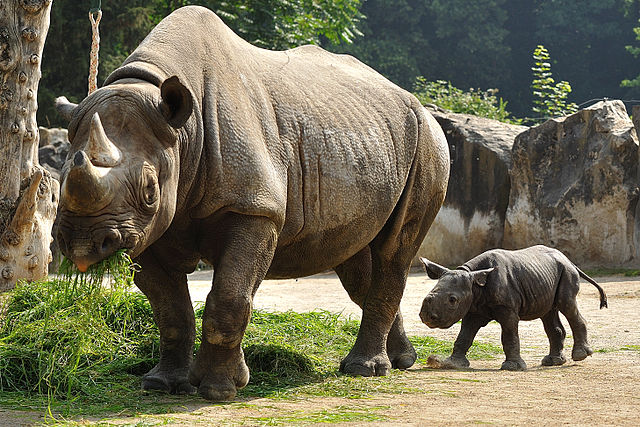 Source: wikimedia.org
Source: wikimedia.org
While black rhinos usually only give birth to a single calf, sometimes a pair of twins are born! Black rhinos have distinct differences in their feeding habits that require a less stocky build: They are called “browsers” because they tend to eat from shrubs and small trees. For this reason, they don’t need the muscle bulk around their necks that their grass-grazing counterparts do. While adult black rhinos are usually solitary, females without calves sometimes hang around in pairs.
Did you know?
Black rhinos actually do most of their foraging, browsing, and drinking during the nocturnal hours.
-
Orca
Habitat: Most Ocean Waters
Diet: Carnivorous
Number of Young Per Gestation: 1
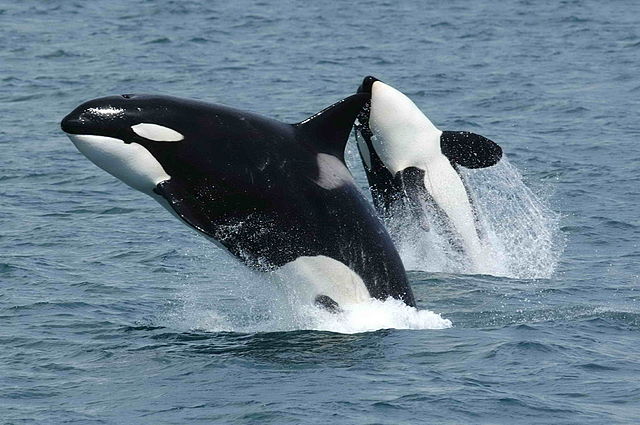 Source: wikimedia.org
Source: wikimedia.org
Only one pair of orca twins has ever been documented since these majestic creatures almost always produce single calves. Orcas reach sexual maturity at around 14 years of age, and the youngest known breeding orca was 11 years old. Female orcas tend to live to around 50 years in total, although some specimens have lived to be as old as 90!
Did you know?
Orcas are classified as apex predators, meaning that no other animal hunts them, and their greatest threat is habitat loss caused by humans.
-
Asian Elephant
Habitat: Forests and Grasslands
Diet: Herbivorous
Number of Young Per Gestation: 1-2
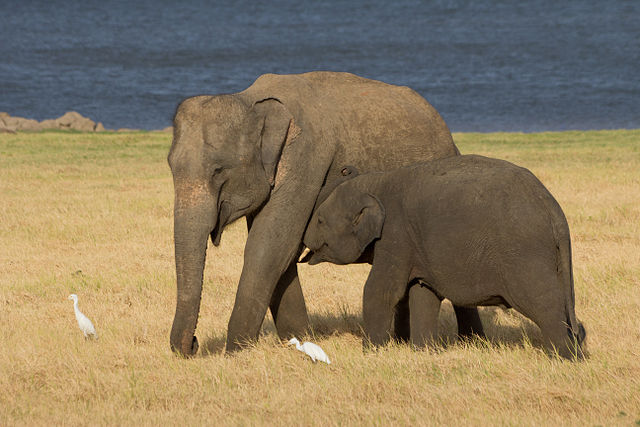 Source: wikimedia.org
Source: wikimedia.org
Elephants are highly intelligent and sociable creatures, and the Indian variety are located in India, Indonesia, Vietnam, and occasionally other nearby areas. While elephants in general are the heaviest living land mammals, the Asian elephant is smaller than its African counterpart. Unfortunately, the long gestation period and long intervals of four to five years between calves has contributed to the declining population.
Did you know?
An elephant’s skin can reach up to one inch in thickness over some areas of the body!
-
African Bush Elephant
Habitat: Savanna, Deserts, and Forests
Diet: Herbivorous
Number of Young Per Gestation: 1-2
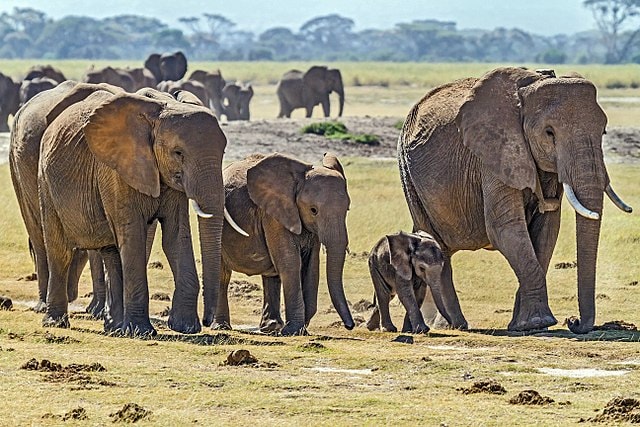 Source: wikimedia.org
Source: wikimedia.org
Elephants are known as “gentle giants” with calm dispositions, although they can reach speeds of over 40 mph if needed without any difficulty! Elephants have the longest gestation periods of any mammal on land or in the oceans, and generally travel in groups of females and their young led by a matriarch. Bull elephants tend to get territorial and keep to themselves.
Did you know?
African bush elephants have approximately 40,000 tendons and muscles in their trunks alone!
-
Spiny Dogfish Shark
Habitat: Coastal and Offshore Ocean Waters
Diet: Carnivorous
Number of Young Per Gestation: 6
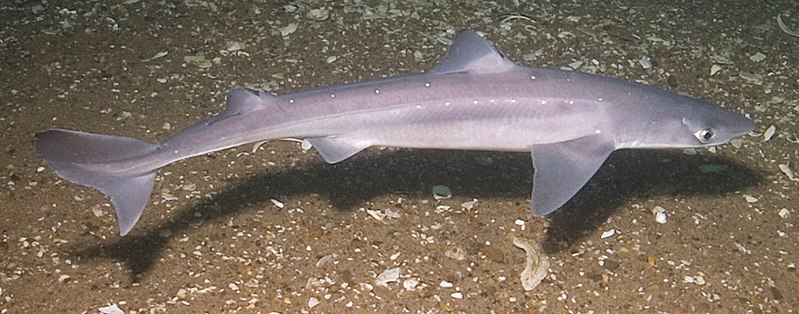 Source: wikimedia.org
Source: wikimedia.org
The spiny dogfish is an abundantly-populated species that travels in groups that sometimes correlate with sex or age. These fascinating creatures also bear live young and, while they average at around 6 pups per litter, they can have anywhere from two to eleven pups per litter. When the pups are born, they are usually around eight to eleven inches long.
Did you know?
Spiny dogfish sharks get their name from the fact that they hunt in packs like dogs do!
-
Basking Shark
Habitat: Boreal to Warm-Temperate Ocean Waters
Diet: Carnivorous
Number of Young Per Gestation: 6
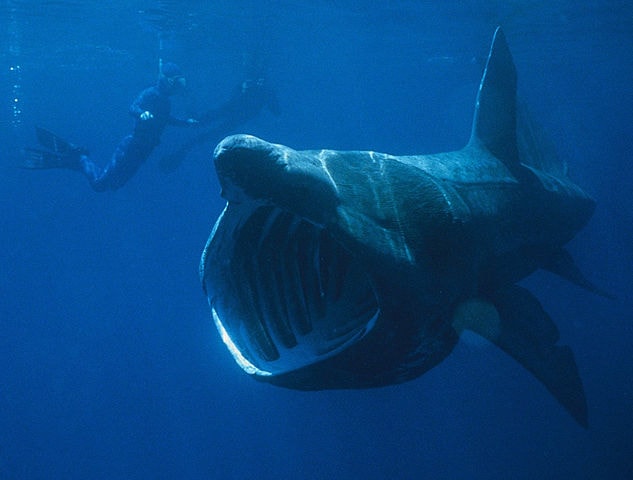 Source: wikimedia.org
Source: wikimedia.org
We actually know very little about the reproductive habits of the basking shark, but the only female specimen that was caught and observed gave birth to 6 pups. Basking sharks appear to reproduce through aplacental viviparity, which means that the pups fully form within their egg sacs and then enter the world through live birth. These fascinating sharks have vast migration patterns and survive off of zooplankton, which they filter out of the water with their gaping mouths.
Did you know?
Basking sharks are very slow-moving and almost completely indifferent to humans.
-
Alpine Salamander
Habitat: Woodlands and Meadows
Diet: Carnivorous
Number of Young Per Gestation: 1-2
 Source: wikimedia.org
Source: wikimedia.org
Alongside having surprisingly long gestation periods, alpine salamanders also give birth to completely metamorphosed young! Alpine salamanders are actually the only ones in their order who give birth to live young, as opposed to their counterparts who lay eggs that must undergo metamorphosis outside the body. These salamanders are also less dimorphic than other varieties, with both sexes growing to the same adult length.
Did you know?
This species is relatively stationary and does not cover a large area during its lifespan.
-
Frilled Shark
Habitat: Deep Open Ocean Waters
Diet: Carnivorous
Number of Young Per Gestation: 2-15
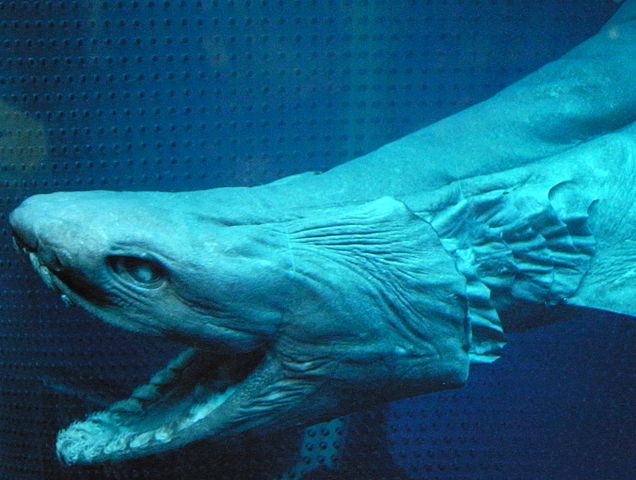 Source: wikimedia.org
Source: wikimedia.org
The Frilled Shark has the longest known gestation period of any animal. It is unique among most sharks in that it feeds in very deep waters and serpentines while it moves, swimming in an eel-like manner. Its favorite food seems to be squid, although it won’t hesitate to snag other prey such as fish with its hooked teeth. The frilled shark gets its name from the frilly appearance of its gills and remains somewhat of a mystery since it so rarely encounters humans.
Did you know?
The frilled shark has more than 200 teeth!
